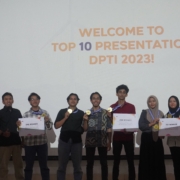National Monthly Webinar: Circular Product Design in Recent Advancements
The UII FTI Industrial Engineering Study Program hosted another National Monthly Webinar on Friday (02/8). The fourth national webinar, titled “Circular Product Design: Principles and Recent Advances,” featured Sri Indrawati, S.T., M.Eng., as the guest speaker. The webinar focused on the ideas and characteristics of circular product design for a more sustainable future. The event was attended by 62 people online via Zoom Meeting, including UII Industrial Engineering academics and members of the general public. Nada Putri Fauziyah, the MC, began the webinar series at 09:00 WIB. Furthermore, the moderator, Sayyidah Maulidatul Afraah, S.T., M.T., provided a quick introduction by reading the speakers’ CVs before starting the material session.
In her presentation, Sri Indrawati explained that the concept of circular economy emerged as a response to many issues raised by the linear economy’s “take, make, dispose” model. These issues encouraged the development of the circular economy, an economic model that promotes a wiser and more sustainable approach by reducing consumption while increasing resource reuse.
“In this way, we can ensure that future generations still have access to the same wealth of resources,” she said. Sri Indrawati also explained how the circular economy changes the economic paradigm to “make, use, recycle.”
Furthermore, she mentioned that Circular Product Design is the process of designing products that can operate constantly in a closed cycle. It aims to increase the product’s life cycle by reducing waste and returning raw materials and components into the system as new resources. A product is considered circular if it can keep its value throughout its life cycle and fits certain characteristics, such as being reusable, recyclable, remanufactured, refurbished, or including recycled materials. Circular products that already exist in society include products without packaging, recharging stations, and MUD Jeans, a fashion brand that offers jeans made from 40% fabric waste.

In the end, she noted that research on circular products would continue to grow, as the three main strategies of circular products—slowing, closing, narrowing—can increase the potential of achieving the SDGs. The development of circular product innovation must continue in order to create economic opportunities and a more sustainable as well as better future. She hopes that the circular product principle will be developed not only theoretically, but also practically. The moderator wrapped up the webinar with a Q&A session about circular products that are already available in society.
Syawarani Gayatri

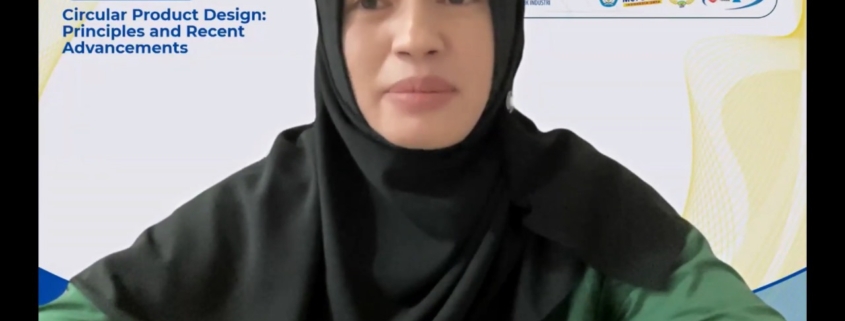
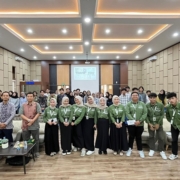
 IP IE UII
IP IE UII 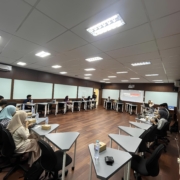
 IP IE UII
IP IE UII 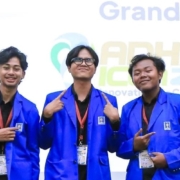
 IP IE UII
IP IE UII 
